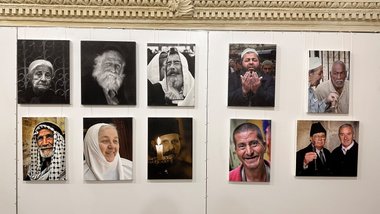An exhibit of the Ukrainian contemporary sacred art is underway in Philadelphia
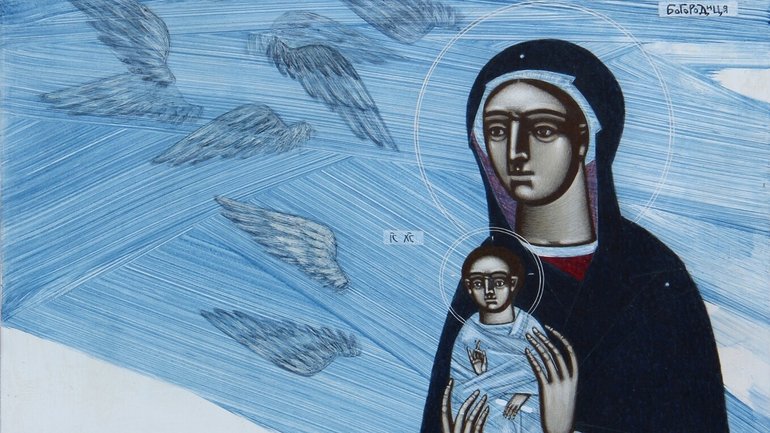
“This exhibition offers a retrospective of the gallery’s activities in opening a dialogue with contemporary culture that respects past traditions and spiritual experiences” noted theologian and art historian Maria Tsymbalista from Lviv.
Archbishop Borys Gudziak stressed that the goal of the exhibit is not to display modern Ukrainian art but to address damage experienced by the Ukrainian community during Soviet times. ‘Decades of brutal totalitarianism disrupted many of our traditions, left many wounds, and traumatized the body and soul of our people and our Church. It is so joyful and enlightening to see those who restore the traditions, who heal wounds through beauty’,
The communications team of the Philadelphia Archeparchy has created a short film with English subtitles about the exhibit, the iconographers, and the Iconart Gallery, so that not only residents of Lviv, where the gallery is located, or Philadelphia, where the exhibit takes place, but everyone can get acquainted with modern Ukrainian iconography.
Kostiantyn Shumskyy, Iconart founder
One of the tasks of our gallery is to properly promote and introduce to the world those incredibly gifted artists in the field of modern sacred art. We’ve already had a few organized projects both in Europe and the US. When we received the invitation from Metropolitan Borys to prepare an exhibit for Philadelphia, we happily accepted. It’s a great honor for us.
Fifteen artists are taking part in this exhibit. All of them are united by the common goal of searching for the sacred, and all of them are reimagining the tradition of Christian iconography in present day.
In Lviv, we have a large artistic community. IconArt – is a place, a platform, where an artist can meet with his art enthusiasts. We are starting in Philadelphia and have plans for this exhibit to travel and evolve. In 2015, we had an exhibit at the Ukrainian Institute of America in New York, where we displayed 60 works of 20 artists.
Our main goal is displaying art which possess spirituality and creativity. If an artist succeeds in combining these two, they create a new canon.
Artists share their thoughts about the exhibit, their artistic process, features of modern Ukrainian icon painting, and the gallery that united them.
Ostap Lozynskyy
The icons presented at this exhibition reflect the folk style, close to the tradition of Hutsul, Pokut, and Lemko icons. I am researching Ukrainian iconography – in particular Hutsul folk iconography. And in my work, I tried replicating one of the directions of icon painting. Now I mix everything and cannot even say whether my icon is Hutsul, Pokut, or Lemko. But regardless, the roots are in our ancient icon.
I tried to give the features of warmth and family. In this icon, the Holy Family flees to Egypt with their dog. It would seem like a small element, but in my opinion, it makes this icon relatable.
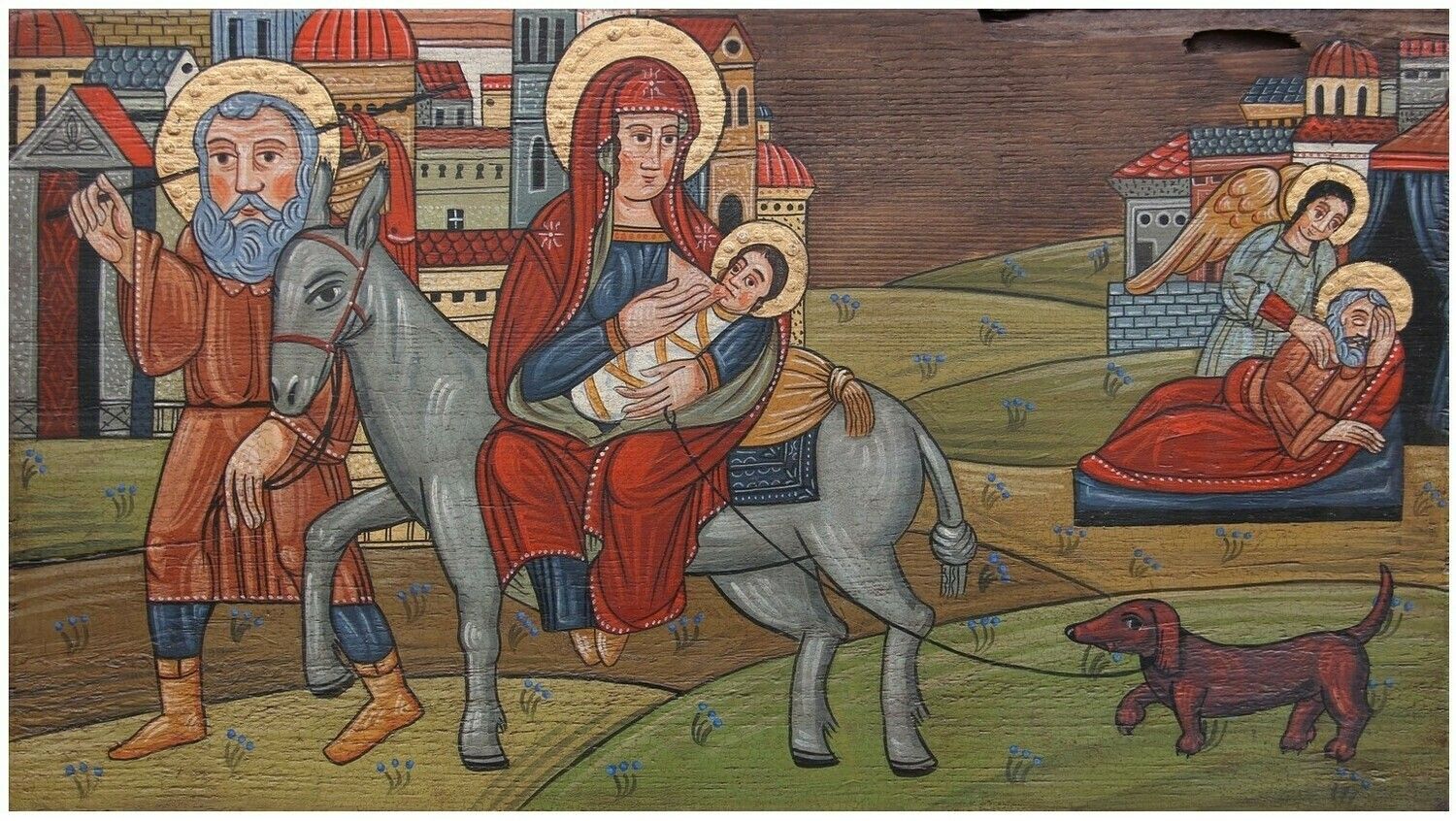
At this point, Lviv is one of the essential platforms of contemporary iconography. In my opinion, iconography created in Lviv is clearly defined in modern art. Our circle develops sacred art in a personal manner. We can see an artist who has their defined language, their defined understanding of iconography. But what is most important is that they have an in-depth knowledge of theology. They have faith and understand what they are doing and the reason behind it. I think that’s the most important thing.
Roman Zilinko
I have been fascinated with folk art for a long time. A few of my friends and I work primarily in a folk style. In the early 90’s, when I was still a child and maturing, people were beginning their fascination with icons on glass and Hutsul iconography. From then on, it’s been my passion. I work in a museum, organize exhibits and other projects. Painting is my outlet, my attempt to express myself.
In my personal life, the role of Bishop Borys is very significant. I was one of the first graduates of the Lviv Theological Academy. I matured and became who I am in the environment created by Borys Gudziak. My profound fascination with icons started during my student years, primarily thanks to Borys Gudziak and the people around him. Now as an artist, every time we meet, I feel his support and encouragement.
There is an excellent circle of artists united around the IconArt gallery, and with them many collaborations can be accomplished. The opportunity to go beyond the gallery walls broadens our possibilities.
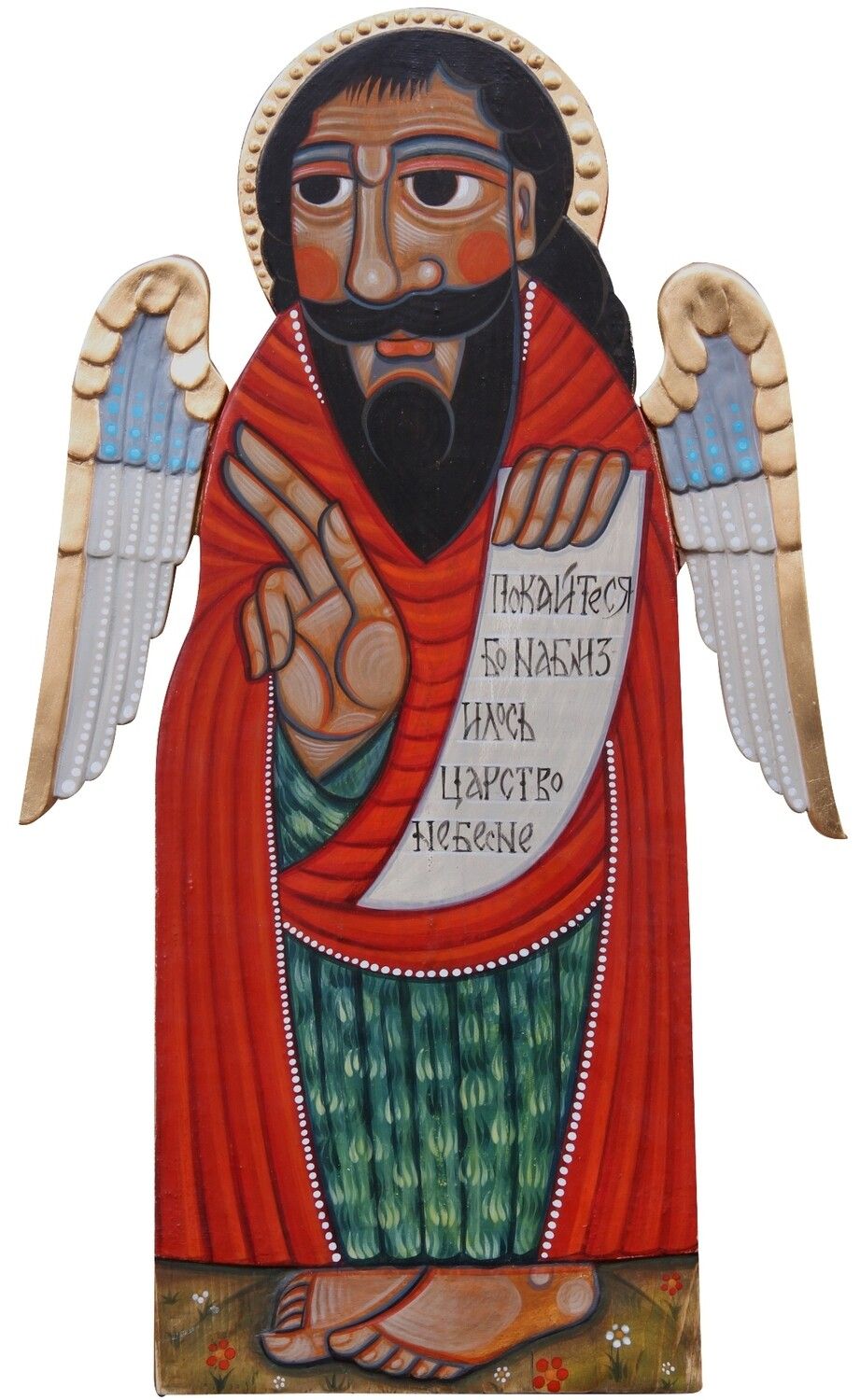
Olya Kravchenko
Each of us works in a specific style; you can see the artist’s character through the piece of art. No matter what they create, the themes they use, other works or ideas, it still portrays stylistic features of the artist.
Now I have the desire to experiment. Every time I begin a new piece, I say to myself, "I will finish this work, and then I will start experimenting," even though I have already decided that I want to experiment. I want to create more lightness and transparency in my works.
ICONART is our family because we grew and matured with it. Here you can find exhibits of iconography. I have held three or four of my own exhibits here.
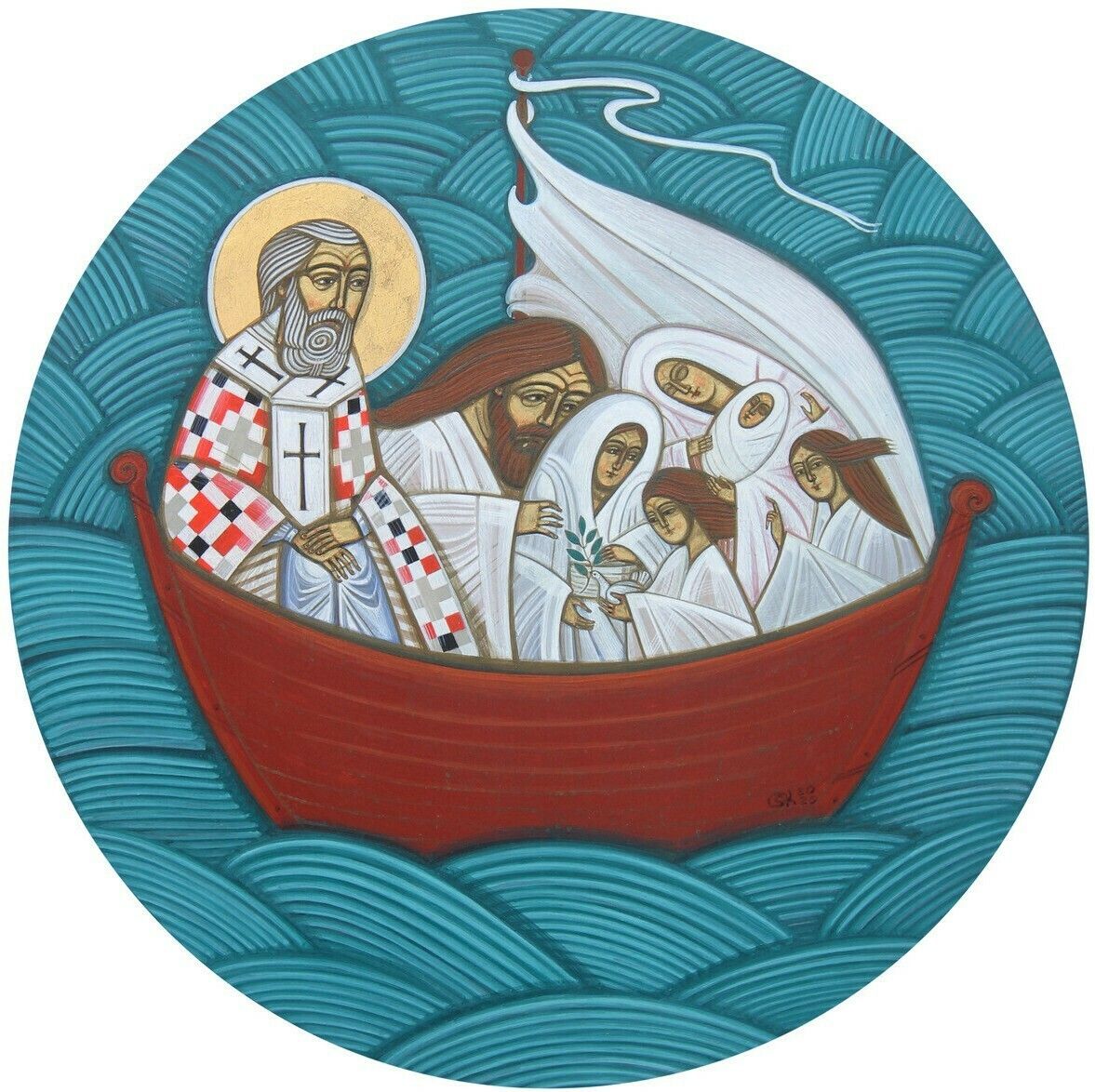
Oksana Romaniv-Triska
I started painting on glass after learning the ancient technique. I borrowed this principle from folk icons of the Hutsul region, Pokuttya, and Bukovyna, made by folk masters. of painting from them. For me, it was not interesting to use these techniques permanently, and glass itself encourages experimentation.
Personally, this technique is fascinating because you can apply a pattern and the color layer can be interpreted freely. Through gilding and other additional effects, you achieve a modern depiction of the icon.
Glass gives a lot of visual effects. First, you work with the back of the icon, so you need to remember that the final painting will be in reverse. If the Mother of God embraces Jesus with her right hand, she will envelop Him with her left hand when you turn the glass.
I often have doubts whether it is an icon or a painting on a religious theme. It depends on the perception of an icon. Some perceives it in a modern way, that is, it’s a symbol, and the technique doesn’t matter; others want to see a canonical image. In the IconArt Gallery, you can find many different styles iconography. The admissibility of the freedom of thought and creative interpretation allows you to expand the range of the perception of the icon or religious image.
At the exhibit in Philadelphia, my two icons of the Mother of God are displayed: The Mother of God of Hope and the Mother of God with the Child and three angels. Every year I return to the theme of the Virgin Mary and many artists to the same. The themes are eternal, and you want to go back to them. When I start a new painting project, I start with an icon of the Mother of God. For me, they are milestones that mark a particular phase.
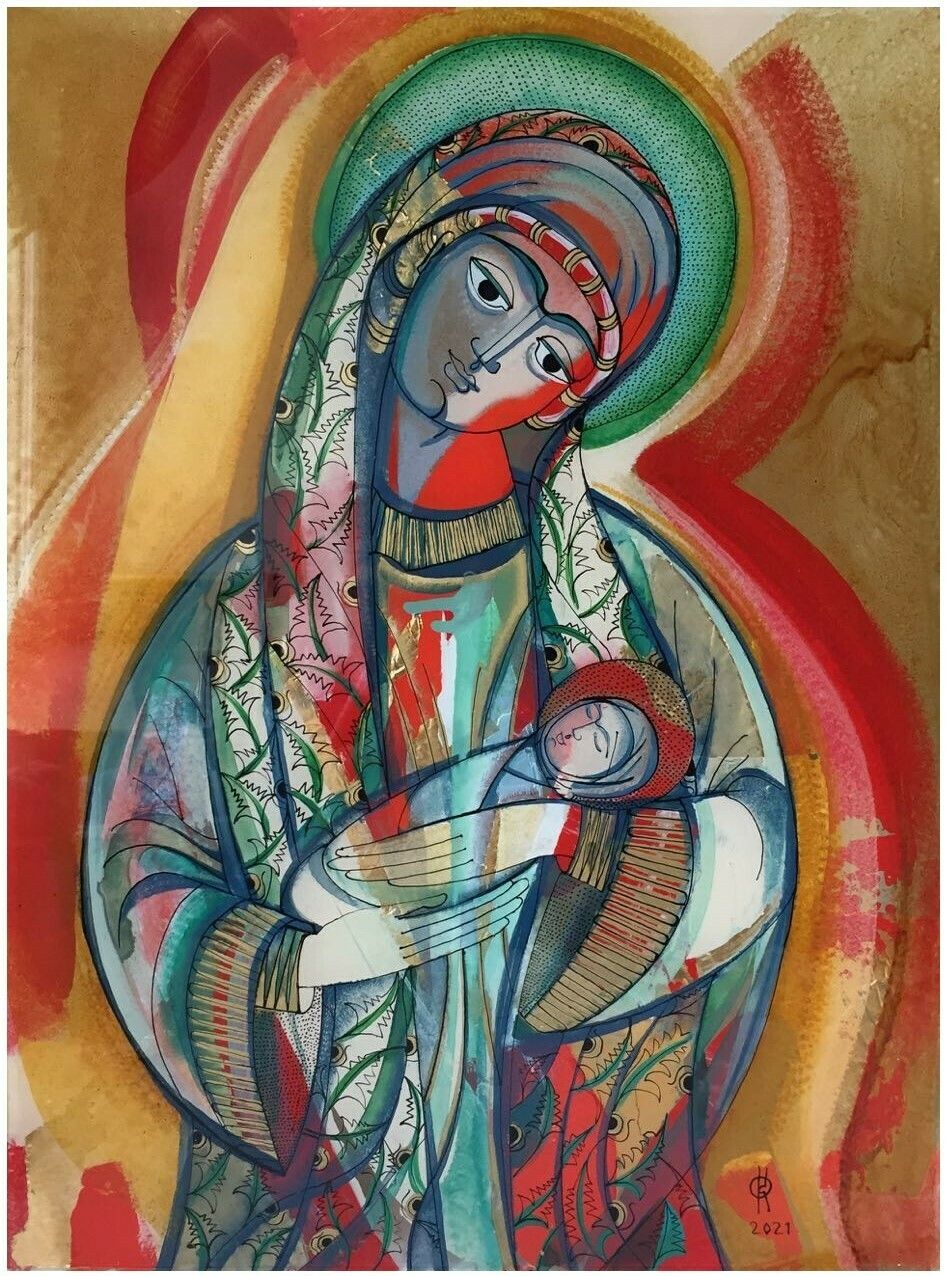
Kateryna Kuziv
For me, the primary source of inspiration is the Scripture and my interpretation of it. I have no attachment to any color. I believe it is necessary to adhere to the canon, but the one of dogmatic theology, and not the traditional visual representation. So, even if that color is an established color for the clothes of the Mother of God, I do not consider it absolutely necessary. What is absolutely necessary is to adhere to the theological dogma and not at all to something external.
Usually, the Holy Scriptures or irmos, kontakion, chants of the Liturgy, Vespers, Matins stimulate my deep thought process. And then, they are somehow visualized into works.
There are four of my icons now in Philadelphia. One of them – the Eucharist, which depicts the Body and Blood of Christ in the form of Holy Communion against the background of the blossoming cross. The Nativity draws a parallel with the Pieta. It depicts both maternal joy associated with the birth of an infant, along with grief that comes with the loss of a child. The pieces of cloth symbolize both the Nativity and the Resurrection highlighting the juxtaposition.
There is also an icon of the Dormition of the Mother of God, where the Virgin Mary is shown in the tomb surrounded by flowers. I was inspired by the texts of the Apocrypha, where it is said that they did not see the Body of the Mother of God but find flowers and fragrances.
The understanding of theology is inseparable from iconography. For me, iconography is the incarnation of God's word and its interpretations. If theology is theoretical, we express it visually. Icon painting must be appropriate to present day and be relatable. It should not be a historical artifact; it should be something living to which a person can connect. In this form it is able to visually proclaim the Gospel, as the icon is intended to do. A person who does not have an extensive religious knowledge should still be able to understand the message of the icon – potentially leading them to Church.
Icon painting allows me to be as free as possible.
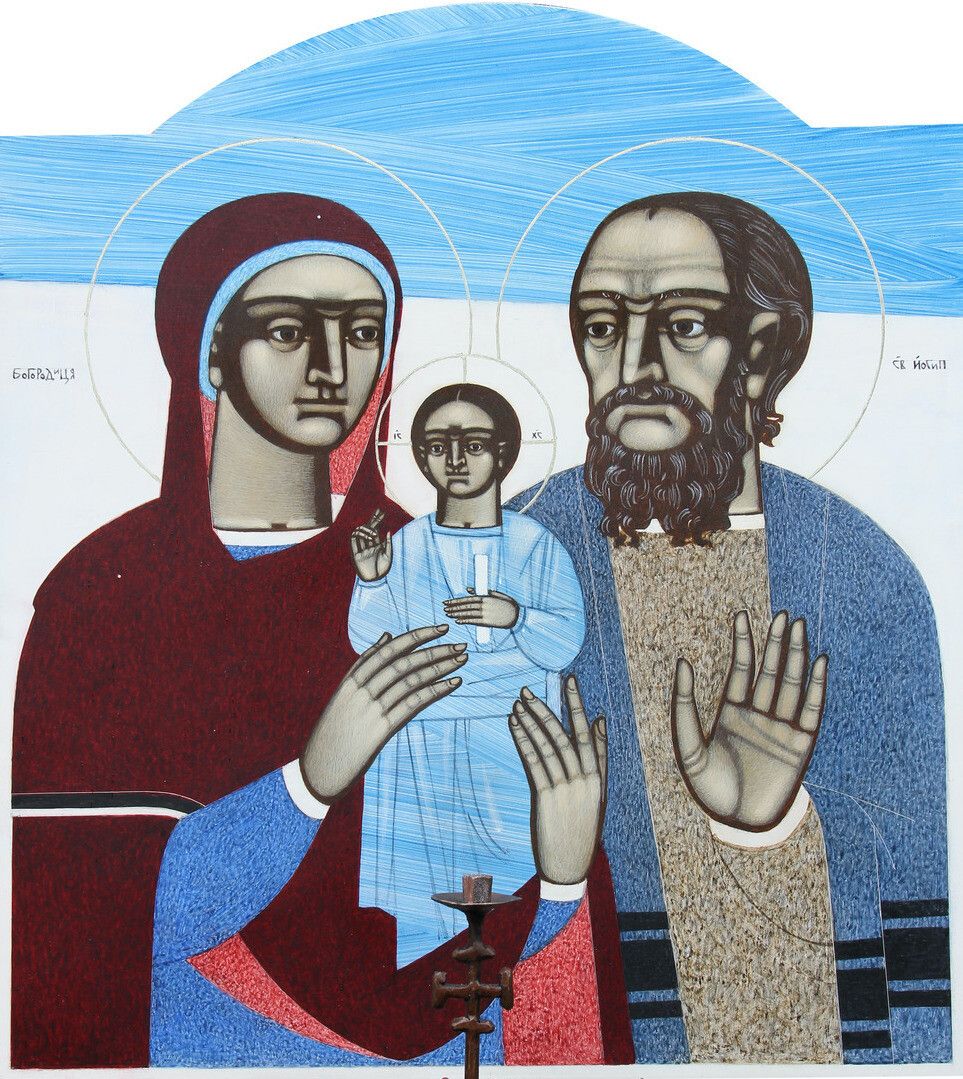
Ulyana Tomkevych
The Icon of the Apparition of the Mother of God to Saint Bernadette in Lourdes was painted in France at the Plein-Air organized by bishop Borys Gudziak. There is also the Holy Family and the Annunciation icon. Annunciation theme can be frequently seen in my works —I like it and it is near and dear to my heart. There are themes and plots to which I return to periodically or work with for a limited time.
My technique is classical, Byzantine. I paint on the board with levkas with pigments and a yolk emulsion. I scratch or sand away some extra elements. That's why the icons are not heavy as there is no layering of the paint. My icons are not too modern, I preserve traditional elements. You can see the image and the faces but I experiment with the color scheme.
I feel entirely free. But to feel free and not make mistakes, you need to know a lot. One must know what can be changed and what cannot.
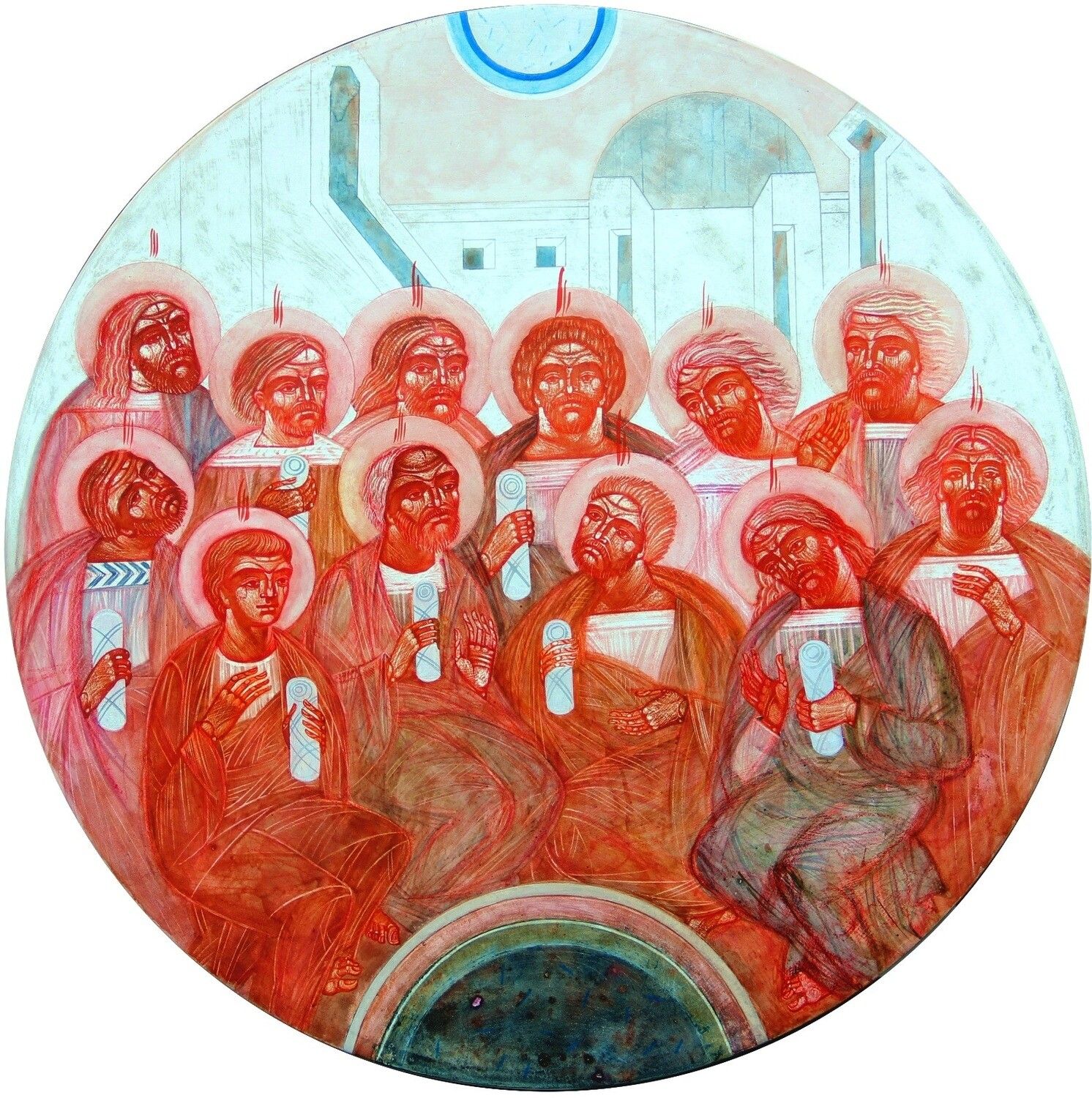
All the works that are currently on exhibit in Philadelphia are the compilation of artists and pieces that one could experience over several years at the ICONART gallery in Lviv.







